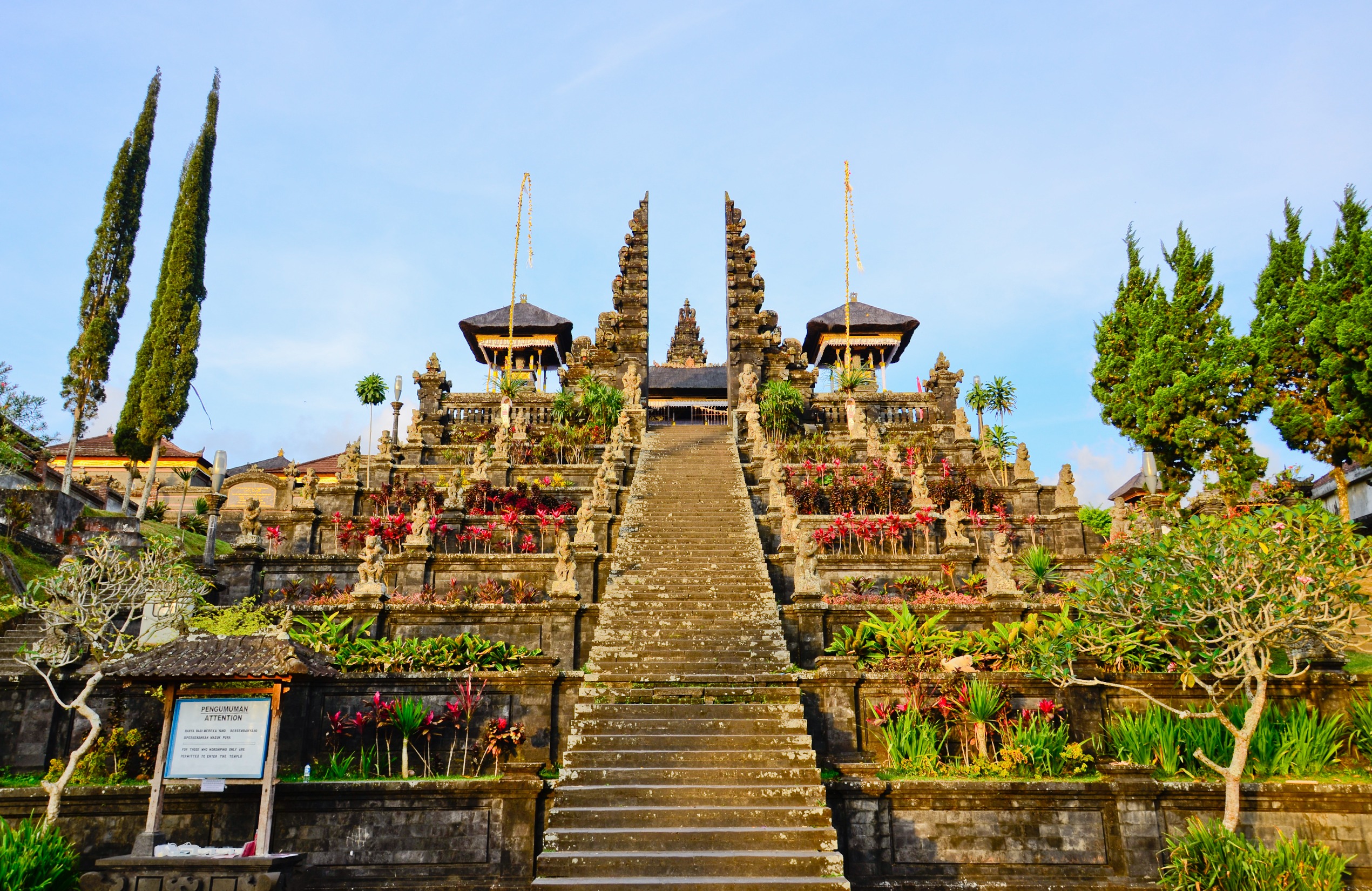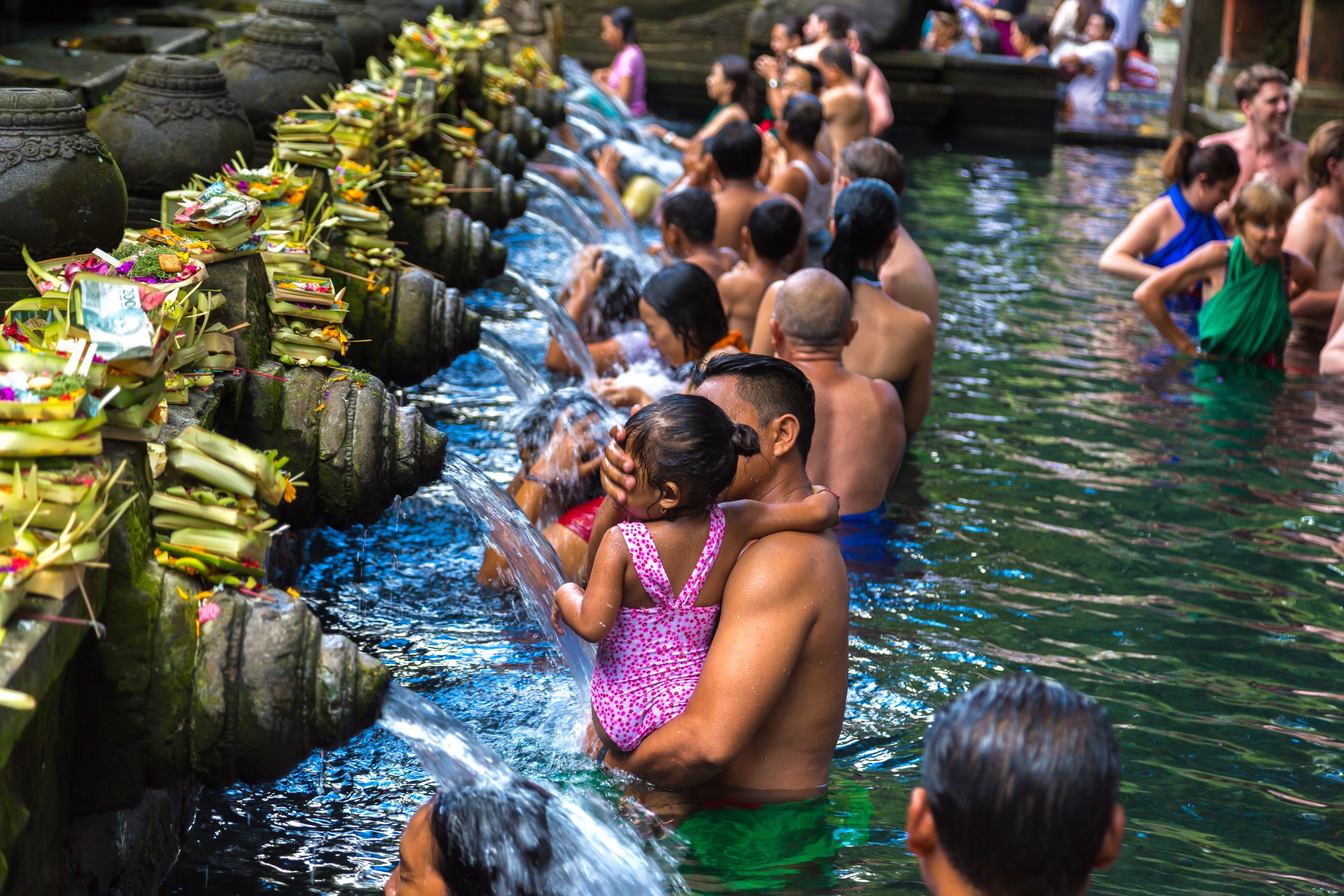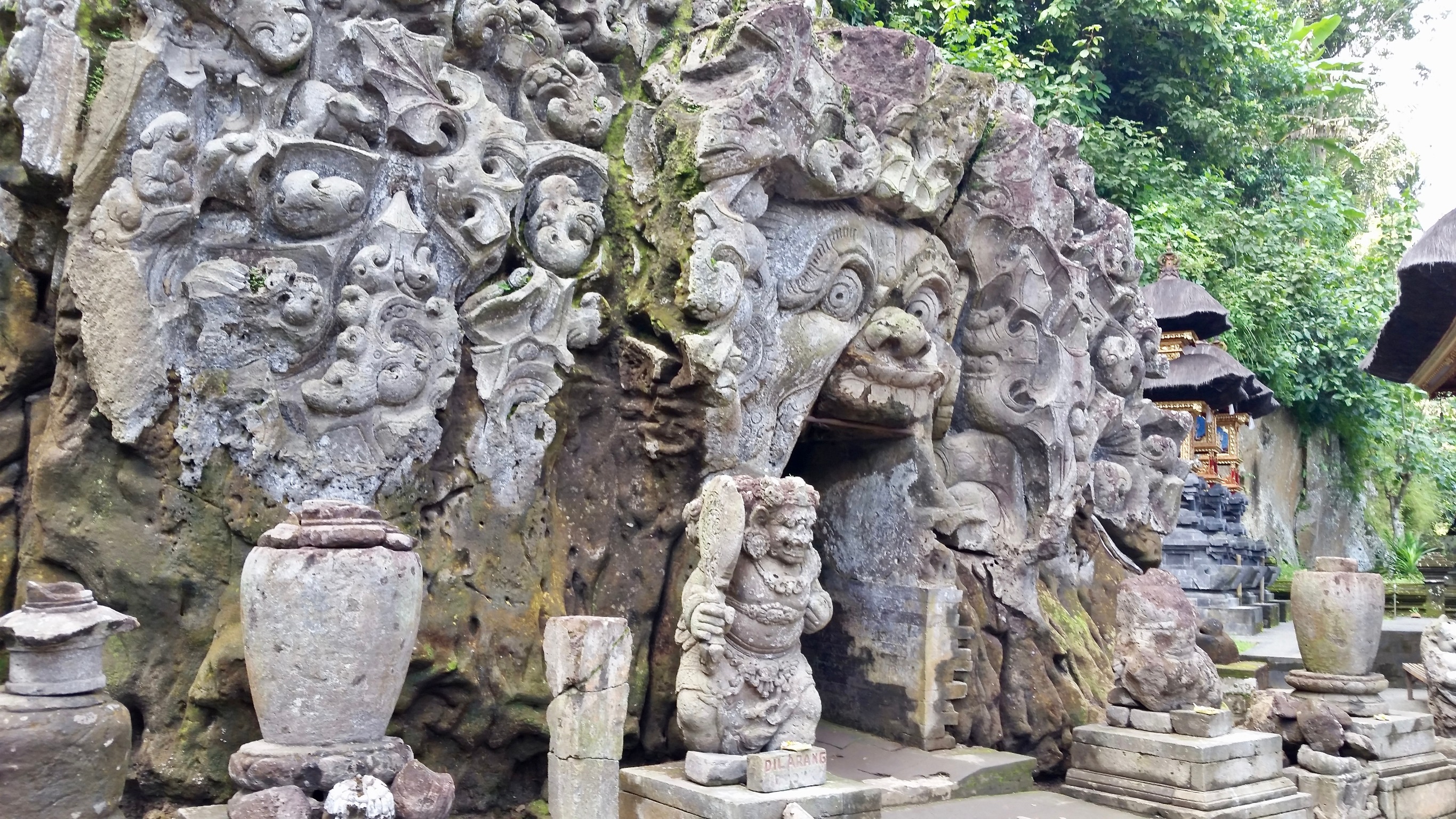Appreciating the Cultural and Religious Side of Bali Temples
Bali is fittingly called the “Island of the gods” as it is the seat of some exquisite temples. The island’s temples serve not only as architectural developments but also as places anchored on the Balinese tradition, religion as well as the way of life. These religious sites unique to Bali offer an insight into the strong culture, beliefs and art that is practiced in the Island. Below is a guide on how to embark on a temple visiting and architectural site seeing through Bali.

1. Pura Besakih – The Mother Temple of Bali
Pura Besakih is the largest temple in Bali and the most holy temple Complex in Bali located on the foothills of the Agung volcano. Famously referred to as the Mother Temple, it has more than 80 temples, each for different Hindu Gods meaning that it is the biggest center of worship for the Balinese people. The majestic stone buildings of the temple, flanked by sweeping rice terraces and remote mountains, provide the emphasis of a spiritual essence. Visitors are advised to observe decent dressing code and may see the locals in their traditional dress performing ceremonies.

2. Tanah Lot- The Temple by the Sea
Probably the most photographed temple in Bali, Tanah Lot is situated in the southern part of the island and is known to have stunning views of the Indian ocean.
It is particularly popular in the evening when the temple is set against soft colored sky as the sun prepares to set in the horizon. Tanah Lot is built in the 16th century and is associated with sea spirits, and according to local lore, the temple is protected by poisonous sea snakes. The main temple may be off limits to the sightseers, but people can go to the nearby region, have an ocean view, and take some nice pictures about the place.

3. Uluwatu Temple – Majestic Cliffs and Kecak Dance
Perched at a height of 70 meters on Bukit Peninsula in Bali, Uluwatu Temple is one of the beautiful sea temples with unmatched views of the Indian Ocean. Uluwatu Temple is well known for its evening Kecak dance that puts a spotlight on one of Bali’s best cultural dances combined with the beauty of the setting sun. This temple is dedicated to the sea gods with much less regard paid to other interactions, as monkeys are supposed to ward off any evil forces. Different animals may be seen on the site, although visitors are advised to keep their valuables put away because monkeys at the temple are infamous for being mischievous.

4. Tirta Empul – The Sacred Water Temple
Tirta Empul is located close to Ubud and is well-known for its sacred water that springs from the temple. It attracts both residents and visitors who take part in the ritual cleansing in the holy water.
The name Tirta Empul is often translated to mean “holy water spring,” and the Balinese believe that taking a dip in the temple’s pools will cleanse a person of spiritually and physically. Visitors can partake in a custom established by locals where the followers submerge themselves in all of the 13 fountains of water each representing some form of purification by participating in a routine. The temple is surrounded with beautiful places hinting it is a good place to be for people focusing on inner calmness and seeking for silence.

5. Pura Ulun Danu Bratan – Temple on Lake Bratan
Pura Ulun Danu Bratan is an appealing temple built in honor of the goddess of the lake Dewi Danu, which is located on the shores of Lake Bratan. This temple appears so captivating because it appears to be sunken as it does “float“ on the water especially on a rainy season which makes it look so cool and great for pictures. Not too far away, near Bedugul , the steep terrains surrounding the inviting lake covered in fog makes all this quite peaceful and surreal. There is also a stupa dedicated to Buddha inside the temple compound together with well-kept gardens showing the strong Hindu and Buddhist influences on Bali.

6. Goa Gajah – The Elephant Cave Temple
Goa Gajah is such an ancient temple close to Ubud believed to have been constructed in the 9th century and is known distinctly for its entrance which has chains of teeth of a gargoyle mouth open.
This temple complex possesses magical essence and comes with a series of meditation caves, stone relics and sacred pools with a bathing area surrounded by a thick jungle. Although small in terms of size when compared to other Balinese temples, Goa Gajah bares great historical importance and is an insight into the early spirituality and architecture of Bali.
Tips for Visiting Balinese Temples
1. Dressing Code: It is a must to dress decently when going to temples. Wherever and whenever possible, visitors are encouraged to wear sarongs and sashes which are available for rent or even at the entrance of almost all the temples.
2. Quiet during the Rituals: Temples are the homes of local people who practice rituals on a daily basis. Always stay clear of such activities by observing from afar doing everything you can to keep from intruding ritualistic or worshipping zones.
3. Monkeys can be Dangerous: Uluwatu and Monkey Forest Temple Ubud are some of the temples which have monkeys who enjoy teasing tourists. Animals like those are very inquisitive and can snatch things such as your sunglasses or a camera.
4. Good Timing for the Visit: If you want to see most of the beauty temples have, visit temples at sunset or sunrise. Also, don't forget about festivals which may be taking place during your visit and may be particularly infuriating to tourists.
Why Bali’s temples should never be looked at from a tourist’s perspective only?
The temple of Bali are much more than places of worship, as they serve a dual purpose with temples acting as centres of culture and spiritual retreat all in one whilst remaining true to the rich traditions of the island.
Every temple comes with a distinctive environment as well as a story that tells of different elements of the Balinese culture and the Balinese mythology. Such visits to these temples provide a more profound appreciation of the mystical core of the Island of Bali, as well as the opportunity to see the everlasting beauty of its art and architecture.
Whether it’s oases of calmness you are after, awe inspiring natural vistas, or even a taste of Bali’s active and vivid life, these temples will not disappoint. Soak in the tranquil ambiance, honour the customs, and walk out with an enriched admiration towards the holy marvels of Bali.